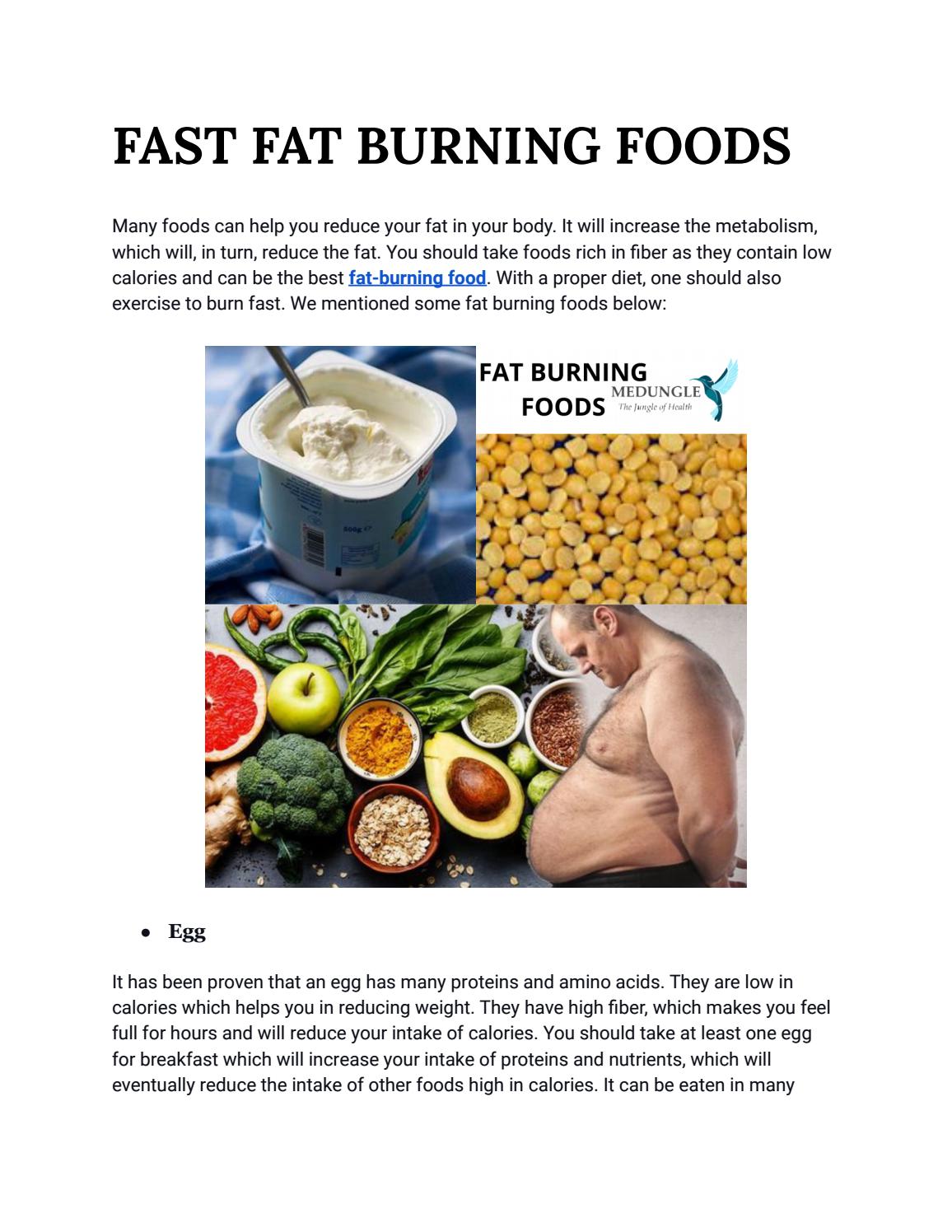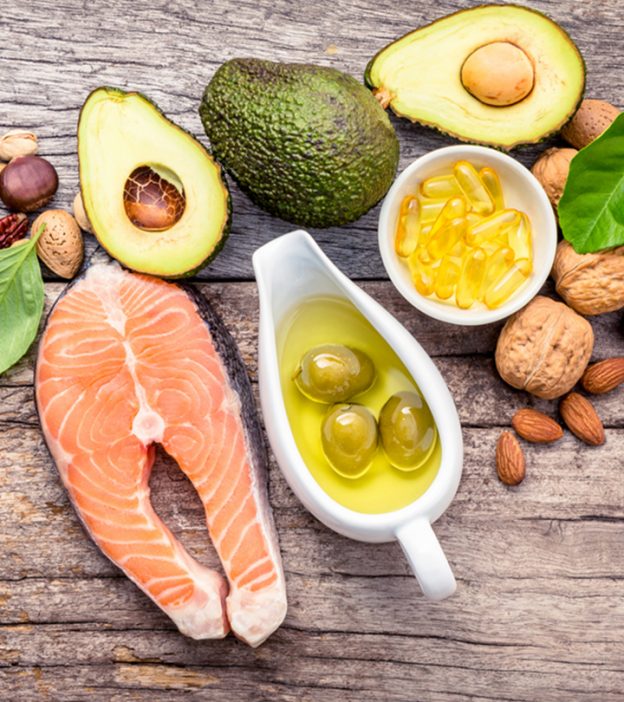
A walking for weight loss plan is one way to exercise and lose weight without exercise machines. Walking can help you burn calories, tone your body and reduce stress. Walking is great for those who have joint pain or other chronic conditions. Follow a walking program that is based on your fitness level. MyFitnessPal has a walking program for you if you don’t have one. Begin your plan by walking 2,000 steps on the first day. You should walk 10,000 steps by the end of the second day. That's approximately four to five mile per day. If you find it difficult or impossible to meet your daily goal, break down your walking program into four sessions.
For calorie loss, both uphill and downstream segments are great.
Both uphill and downstream segments of walking are good for calorie burning. Walking uphill increases heart rate while walking downhill decreases it. It uses more muscle fibers so the uphill part of your walking is more beneficial. Higher resistance makes it more likely that your muscles will recruit you. Walking uphill also helps to build leg muscles. Large muscles burn more fat and look better. It is important to warm up before you attempt climbing hills. The exertion will be greater.

A lighter weight can help to burn more calories
Running and walking have numerous benefits. Walking for 30 minutes a day can help you burn up to 3,000 calories. These exercises help increase your metabolism and reduce the risk of getting sick. Walking is the simplest exercise to begin, so it's easy to see how it can burn more calories than running. To start, you don't have to buy fancy gear. All you need are comfortable walking shoes, and a good diet.
Stretching out after a walk can help reduce chafing.
After a long walk, you can stretch by warming up and cooling down. Warm-up stretching can improve your walking performance and reduce muscle soreness. Don Lein, a physical therapist at the University of Alabama Spain Rehabilitation Center, Birmingham, has some guidelines for a warm up routine. Begin stretching by warming up your muscles with gentle movements such as walking in place or swinging your hands. Hold these positions for ten to twenty seconds. It is also possible to use a stable object as a balance aid while you do your stretching.
Good form cues are a great way to enhance your walk
There are several ways to improve your walking posture and burn calories. Proper posture helps you maintain a straight spine, keep your shoulders back straight, and engage your glutes with each step. It is important to land on your heels and roll forward to push your toes off the ground. Walking with a purposeful arm motion is more powerful than you think, and it can burn up to 10% more calories. People who add arm motions to their walking can speed up.

Examples of SMART objectives for weight loss
List as many health areas as possible to help you set SMART goals. Start with one or two of these areas. It can be overwhelming to make too many changes at once, so focus your efforts on a few areas. After achieving one or two of these goals, pick another area to improve. So you can work on your goal even after you have reached your first one. Here are some examples of SMART goals to help you walk for weight loss.
FAQ
How long should I do Intermittent fasting to lose weight?
The answer isn't as easy as it seems. It is important to take into account a number of factors when deciding the optimal days for fat loss. These are:
-
Your age. Your age. Intermittent fasting is more difficult for younger people under 40. You have less time to recover each day from fasting. If you are older than 60, you might find it difficult to maintain a prolonged period of daily fasting.
-
Your current body composition. Longer periods of fasting are more beneficial if you have a lot muscle mass. You may find shorter fasting more beneficial if your muscle mass is low.
-
How physically active. If you exercise regularly, you may need to extend your fasting window to ensure that you still get adequate rest between workouts.
-
Your medical history. Extra fasting may be necessary for people who have heart disease, diabetes, cancer, or other medical conditions.
-
What is your tolerance for stress? Stressful situations often make us eat less. To avoid this, you might want to increase the lengths of your fasting window.
-
It is the type of diet you are following. Certain diets, like ketogenic diets, may require even longer fasting periods.
-
Your quality of sleep. Insufficient sleep has been associated with decreased metabolism and increased appetite. It might take some time to find what works best for your needs.
-
The amount of protein you consume. Consuming more protein helps to stabilize blood sugar levels. This could lead to lower insulin levels. This would allow you to fast for longer periods of time.
-
It doesn't matter if you want to gain or lose fat, those who are trying for weight gain will often require longer fasting periods.
-
How many calories do you consume in your fasting windows? Fasting for fewer calories per days may lead to greater fat loss than fasting with more calories.
-
Your fitness level. People who are fit and fast burn more calories per day.
-
Your gender. Men tend to have greater appetites that women, so they may need a longer fast. Women tend to have smaller appetites so they might only need to fast for 20-30 minutes each morning.
-
Your lifestyle. Do you get enough physical activity? Do you workout several times each week? Does your job involve sitting at a desk all day long? These things could impact the speed at which you should go.
-
How much money do you spend on food? Healthy eating doesn't mean you have to spend a lot on groceries. Whole grains can be substituted for white bread, whole fruits can be purchased instead of candy bars and lean meats over fatty cuts.
-
You need to be able to control your hunger. Fasting may not be necessary if you don't want skip meals.
Can cardio exercises help me lose weight quickly?
Cardio exercises can be great for burning calories but not necessarily helping you lose weight. It all depends on how much weight you have and what type of exercise you do.
If you're overweight, then cardio exercises may not be enough to burn off all those extra pounds.
It is important to combine them with exercise and diet.
Cardio exercises, such as running or jogging, can help you lose weight quickly. These exercises burn calories more than any other type.
Resistance training is necessary if you are looking to build muscle and not lose fat. Resistance training uses no weights or machines. It also includes elastic bands and free weights.
For fast weight loss, combine cardio with resistance training.
A combination of cardio and resistance training will help you lose weight quickly.
How can busy people lose weight
You can lose weight by eating less and moving more.
If you eat too much food, you'll gain weight. You'll gain weight if you don't exercise enough. But if you combine these two simple habits, you'll start losing weight.
How Much Exercise is Required to Lose Weight?
There are many factors that affect the amount of exercise you need to lose weight. However, the majority of people require at least 30 minutes of moderate exercise five days a week.
The American College of Sports Medicine recommends 150-minutes of moderately intense aerobic activity every week. It should be spread over three separate days.
You can lose 10 pounds by doing 300 minutes of moderate-intensity exercises each week, for example. This includes activities such swimming laps (brisk walking), biking, dancing and playing tennis.
Consider doing 20 minutes of vigorous exercise thrice a week if you are just starting out. You could do sprints, lifting weights or jumping rope.
Aerobic exercise can also help you burn calories and increase muscle mass. Muscles burn more calories than fat. Building muscle and losing weight can help you reach your goals faster.
How to Lose Weight?
For people who want to look good, losing weight is a popular goal. The main reason why people want to lose weight is that they want to feel healthier and live longer. There are many options for losing weight. There are many options for losing weight, including cardio training and strength training. Each type of exercise comes with its own set of benefits and drawbacks. Walking, for example, is the best way of burning calories. However, if you want to build muscle mass, then lifting weights would be the best choice. We'll be discussing how to lose weight, and which exercise is best.
It is important to determine what type of diet you should follow when you want to lose weight. It doesn't mean you have to eat less, but it is important to avoid junk food and eat more fresh foods. At least 2200 calories is recommended daily. To lose weight quickly, you need to reduce your calorie intake. This way, you will get rid of fat much faster.
You can lose weight quickly by getting active. Exercise is a great way to burn calories and increase your metabolism. You must combine exercise and a healthy diet to lose weight. When you exercise, you use up energy, and therefore you won't be able to eat as much. If you work out regularly, you will notice that your body starts burning fat faster than before. Regular workouts are a way to stay healthy. They can help you keep fit and prevent conditions such as heart disease, diabetes, hypertension and obesity.
You should walk as much as you can. Walking is a great way to burn 500 calories per hour. Walk 30 minutes per day to burn around 1500 calories. One pound of fat will be lost per week if you walk 30 minutes each day. You can also run/jog for 10 minute. Running burns around 1000 calories an hour. If your goal is to lose 5 pounds in 3 weeks, you should run for 20 minutes three times a week.
It is important to combine healthy eating habits with exercise to lose weight. It is important to strike a balance among these two.
How often do people fast every day?
A majority of ketogenic dieters fast one week. Some people fast twice a week. Others fast three or more times per week.
There are many lengths to fasting. Some people fast for 24 or 48 hours, while others go for 48.
Some people go on for more than 72 hours. But these extreme cases are very rare.
How to Create an Exercise Routine?
First, create a routine. It's important to have a plan for each day. This helps you plan ahead and avoid procrastination.
A second important thing to do is ensure you have lots of variety when it comes to your exercise routine. It is important not to get bored while exercising. This will cause you to lose interest and make it difficult for you to stick with it.
You also need to keep track of your progress. It's important that you keep track of the weight you have gained or lost over time.
It is easy to lose motivation after you have lost weight. If you gain excessive weight, it can be difficult to remain motivated.
You should find a balance between weight gain and weight loss. You'll find it harder to exercise if you don't like where you are at the moment.
Statistics
- According to a study sponsored by the American Council on Exercise, a person weighing around 140 pounds (64 kg) would burn 108 calories at a 30-minute beginner's Pilates class or 168 calories at an advanced class of the same duration (26). (healthline.com)
- One study in 9 active men found that HIIT burned 25–30% more calories per minute than other types of exercises, including weight training, cycling, and running on a treadmill (18Trusted Source (healthline.com)
- According to Harvard Health, it's estimated that a 155-pound (70-kg) person burns around 167 calories per 30 minutes of walking at a moderate pace of 4 mph (6.4 km/h) (5). (healthline.com)
- One 6-month study showed that simply doing 11 minutes of strength-based exercises 3 times per week resulted in a 7.4% increase in metabolic rate, on average. (healthline.com)
External Links
How To
How can I lose belly fat quickly?
You need to realize that losing belly fat can be difficult. It takes dedication, hard work, and dedication. But if you follow these tips, you will definitely see results.
-
Healthy Food It is vital to eat healthy food. It is important to eat healthy foods such as fruits, vegetables and whole grains.
-
Drink Water. Drinking water helps keep your body hydrated. This will make you feel fuller and more satisfied for longer periods. Drink plenty of water each day.
-
Cardio exercises can help you burn more calories and increase your muscle mass. Cardio exercises will help you burn calories and build muscle. They can improve your heart health as well as increase metabolism. Try to do 30 minutes of cardio exercise daily.
-
Get enough sleep. Sleep is crucial for maintaining good health. Anxiety and stress can lead to unhealthy habits, such as smoking and eating too much.
-
Reduce stress levels. Stress has a profound effect on brain chemistry as well as hormonal levels. Cortisol is a hormone our bodies make when we feel stressed. It increases hunger pangs.
-
Take Regular Breaks. Take frequent breaks throughout the day. Get out and take a stroll or a brief nap. This will allow your body and mind to rest and recuperate.
-
Avoid Alcohol Consumption. Alcohol has empty calories, and can slow down digestion. Drinking alcohol is not a good option if you want to lose weight.
-
Have Fun!